Health emergencies choose no place and time and the incidence of heart attacks and stroke are growing rapidly. In the U.S., a person succumbs to a cardiovascular disease every 37 seconds, making it the leading cause of death across all gender, racial, and ethnic groups in the country. These heart attacks often happen when individuals are outside of the health setting – while they are driving, dining out with friends, or doing yard work at home. Given this, the need for intense and rigorous cardiopulmonary resuscitation (CPR) training becomes a must.
There is even the option of taking online CPR classes and getting certified in BLS(Basic Life Support), which means you’ll be able to learn this life-saving skill without leaving your home. For more information on this, you can check out Advanced Medical Certification.
According to Lifesaver Education, many individuals are not aware of the proper administration of CPR; sometimes, even those who work in the medical setting do not know that proper CPR is a matter of life and death. Here are the most common CPR mistakes and how you can avoid them:
Contents
1. Inadequate Pressure
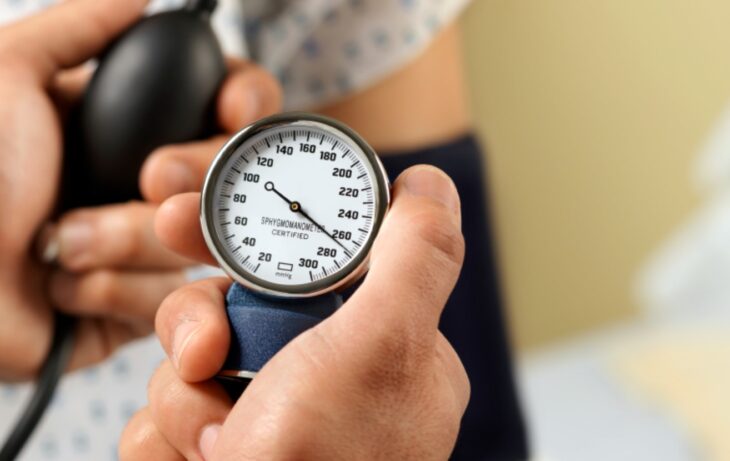
Source: Feinberg News Center
CPR is all about how you apply pressure to jumpstart the heart. When you use insufficient pressure during your chest compressions, you fail to activate the heart to make it pump blood again. Often, this mistake stems from the fear of hurting the victim. While it is true that compressions can cause rib cage fractures, you have to realize that an intact rib cage is useless if the patient is dead.
Apply proper pressure. Ideally, you should be pushing down at least 2” (5cm), making sure that you provide at least 100 to 120 compressions per minute.
2. Finger Bending
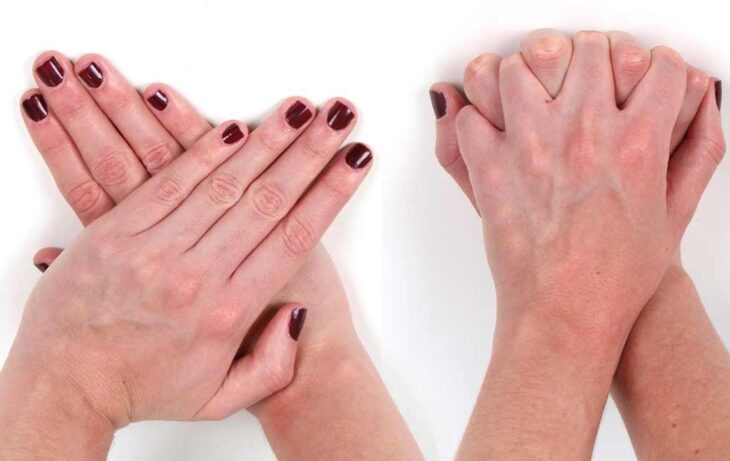
Source: Panther Physical Therapy
It is also pretty common to see people bend their fingers when they are doing their chest compressions. This is wrong since it leads to ineffective blood circulation. Remember, your fingers must be interlaced, but your digits must remain extended. Bending them will only produce a massaging action and not the actual compressions.
3. Arm Bending

Source: National CPR Foundation
Aside from bending the fingers, some individuals administering CPR commit the mistake of bending their arms while applying pressure. This results in ineffective chest compression. Often, the pressure is inadequate. Keeping your arms straight while applying compressions will allow you to use your body weight to apply pressure. Ideally, your pivot during compression should be your hips and not your elbows. This action will prevent you from tiring quickly, especially when you have to wait for paramedics to arrive at the scene of the accident.
4. Getting Distracted
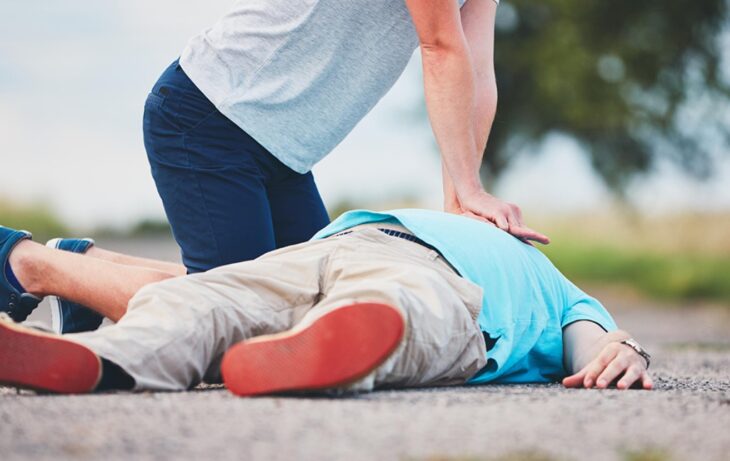
Source: AARP
When you are giving CPR, you are attempting to prolong someone’s life. This time should be spent solely on providing help to the victim. When you get distracted and you lose your focus, it is easy to commit mistakes and further harm the patient. There may be instances when you miss the proper counting of your compressions. As they say, it should follow a rhythm. Plus, you also have to concentrate on how much pressure you are giving on your compressions. There have been many times we’ve seen people use only one arm when giving compressions while the other hand motions for others to move away. When providing CPR, you don’t have to worry about other people. Your focus should be on the patient.
5. Compromising Personal Safety

Source: Reader’s Digest Canada
It is also pretty common to see people forgetting to factor in their safety when performing CPR. This is incorrect. The first rule of thumb in an emergency is ensuring that life saver is safe. Always check if you are safe before doing CPR. This is to ensure that you are not doing more harm.
6. Improper Steps of CPR
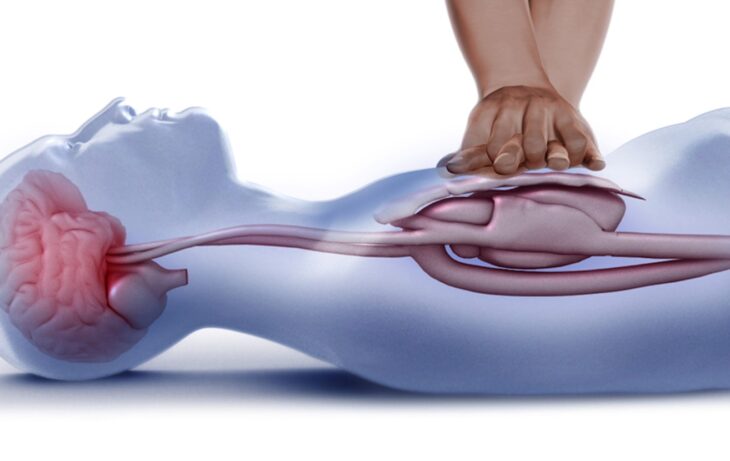
Source: CommonWealth Magazine
CPR stands for cardiopulmonary resuscitation. It means that it helps revive the cardiac and pulmonary functions of an individual. However, there are cases when compressions and rescue breaths may not be necessary for a victim. For example, on a patient who lost consciousness with no breathing but with a heart rate, it is not necessary to give compressions. You only have to give rescue breaths to jump-start pulmonary functions. Knowing the steps of CPR can help you actually do what it is intended for.
7. Overinflating the Lungs
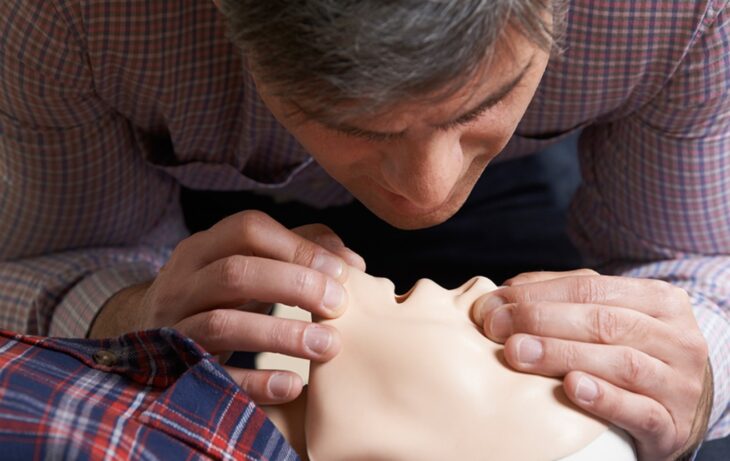
Source: fmp.bliss.build
When you give rescue breaths, it should be enough to give the patient at least 16% oxygen in their body. However, many first responders try to give a prolonged rescue breath, which may only over-inflate the lungs. When this happens, the air can go inside the stomach and cause regurgitation and result in vomitus that can further block the airway of the patient, and worsen the condition. Ideally, when you give rescue breaths, it should only be at least a second long. Not more. Give a full breath to make it more effective. Remember you are not blowing up a balloon but a person’s lungs.
8. Not Providing Other Therapies

Source: Bustle
Some inexperienced responders believe that providing CPR is enough. While it can help a patient extend their life, it is not a treatment. A patient who may have drowned and revived may need additional care from a healthcare professional. As a first responder, it is your responsibility to inform them of the possible consequences of the accident they’ve been in.
9. Failure to Call for Help

Source: Medium
One basic rule in emergency care that is often overlooked is calling for help. Before doing CPR, you must directly ask a specific person to call for help. Merely shouting to call for help will only cause confusion because everyone might assume somebody called for help when nobody did. Plus, you must keep in mind that doing CPR alone may not fully revive the person. There are cases where the patient needs additional care before they can be declared out of danger. You also have to factor in fatigability. While CPR can help extend a patient’s life as first aid, it can only do so much. Make sure that someone actually calls for help as you provide initial CPR.
10. Overconfidence in CPR
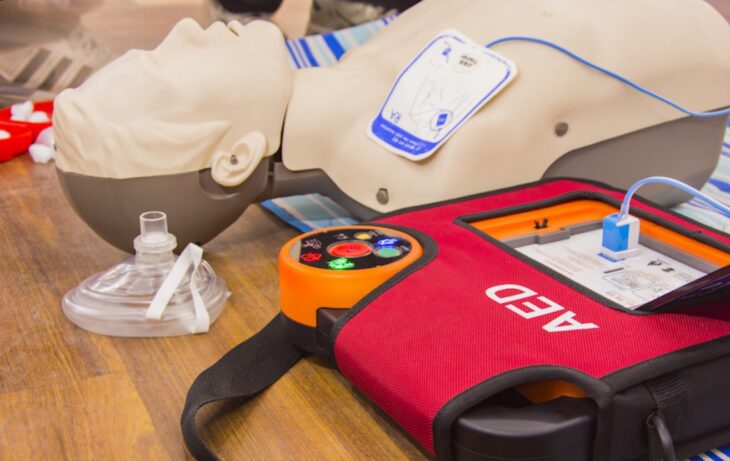
Source: Free CPR Training
This is a pretty common mistake we see in the field. Some responders with a basic knowledge of CPR act as if they are knowledgeable in providing help. While it is good that they offer their knowledge and expertise to the patient, it is always best to assess the situation and see if you are actually helping and not worsening the condition.
CPR is a learned technique. It follows a process that you have to learn from reputable institutions to ensure that you are doing more good than harm.
